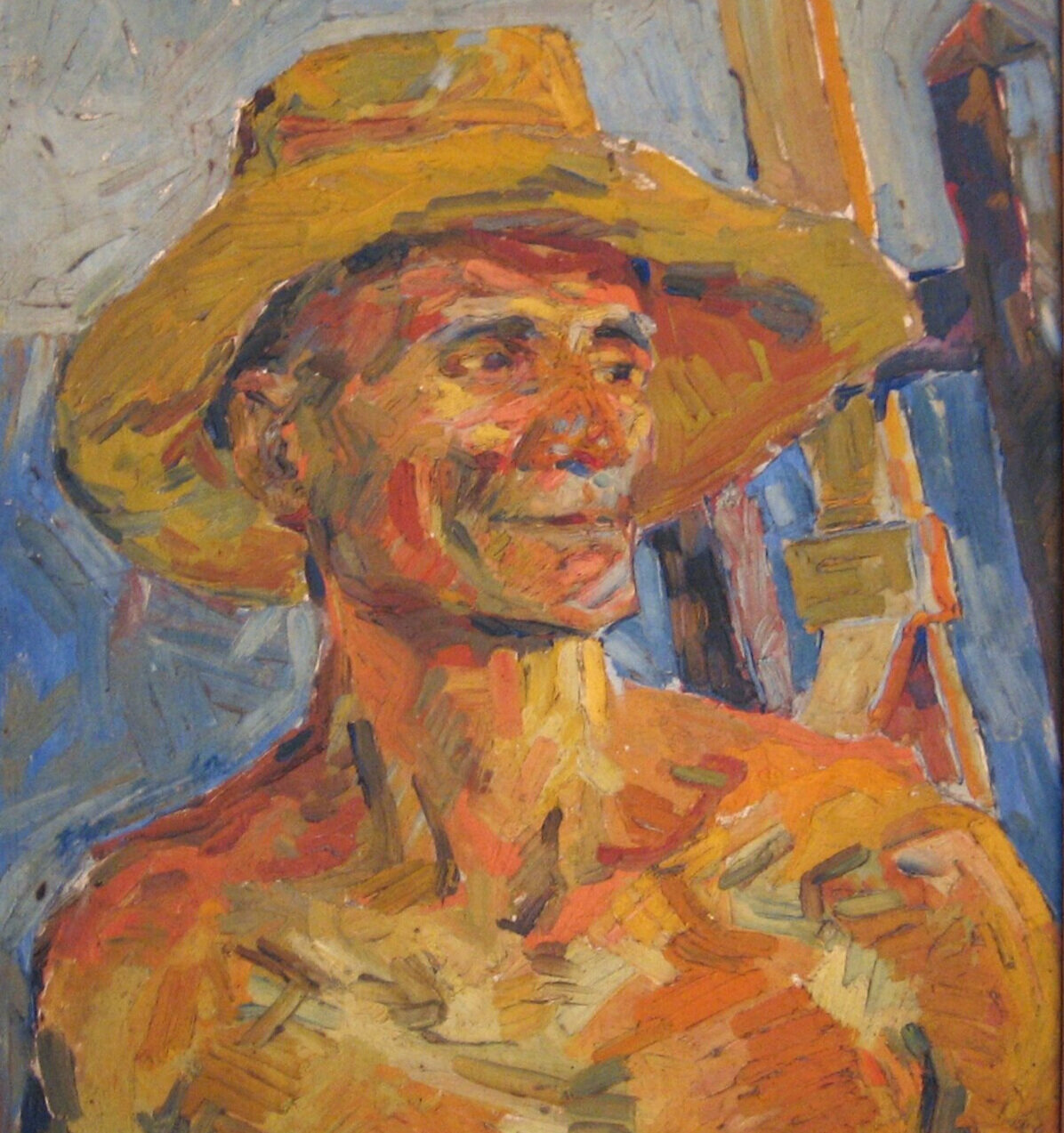DIOSDADO MAGNO LORENZO Art Rebel to Legend
Art book, by Alice Guillermo, 2009, 240 pages; 22 X 28 cm.
Art book, by Alice Guillermo, 2009, 240 pages; 22 X 28 cm.
Art book, by Alice Guillermo, 2009, 240 pages; 22 X 28 cm.
Diosdado Magno Lorenzo, Art Rebel to Legend
an art book written by Alice Guillermo and published by the Philippine Italian Association and Tantoco-Rustia Foundations in 2009.
240 pages; 22 X 28 cm.
With this book, Alice Guillermo accompanies us through the narrative of Lorenzo’s art: his contemplation of the environment and candid capturing of urban and rural scenes, his guileless still lives, his honest and thoughtful meditations on the human condition, the expressions of his own view as reconstructions of realities.
Video presentation: https://youtu.be/TGySAsXmV9Y
Book presentation by the author:
“Few are the Filipino artists whose active years have covered as large a span of Philippine history as Diosdado M. Lorenzo. The narrative of his life is both singularly individual in its brilliant lights and national and international in its illuminating influence. His first conscious brush with art history was his acquaintance with an old Roman, once a model of Juan Luna for the Spoliarium still seeking the bravura brushwork of the artist. The academy then, or the Roman academy in particular, was already in the last stages of ripeness, indeed, like a fruit on the verge of bursting from within with the new energies of modernism—although it still took a long time to fall. Lorenzo’s former studies at the Manila Academia de Bellas Artes, which was converted into the UP School of Fine Arts, must have afforded him sufficient training—along with his natural talent—to be able to slip easily into the European academies of Madrid and Rome, winning a number of prizes along the way and holding a well-acclaimed solo exhibition upon his graduation………...
During his sojourn in Hong Kong, it was he as Filipino artist who established the first formal art school in the British colony, a welcome move among the inhabitants whose artistic talents were given a welcome venue. When he came back to the Philippines before the outbreak of the Second World War, he formed a joint project, along with Victorio C. Edades, Galo B. Ocampo, and Carlos V. Francisco to form the Atelier of Modern Art, the first effort toward organizing artists….
Diosdado M. Lorenzo was the necessary catalyst in the debate between the conservatives and the modernists, a long-running contest which lasted up to 1955. In later years he assiduously participated in the growth of modernism, in the search and development for modernist idioms among a brilliant generation of artists—many of them belonging to the original Thirteen Moderns —who finally found their niches in Philippine art…….
As Lorenzo painted in the different genres and media, the imagery of his work consisted for the most part of the countryside of San Isidro, Nueva Ecija, its guileless, uncorrupted people, its magnificent trees, and its pristine environment where he spent hours in artistic discovery. The eminent Salvador P. Lopez, former proletarian writer who became president of the University of the Philippines, was one of the first art critics to foreground the artist’s closeness to the folk and to his native soil. Perhaps, especially now in our times, do we need to revisit our origins in Lorenzo’s art for the much-needed purifying and healing rituals.”
Alice G. Guillermo
August 21, 2008















